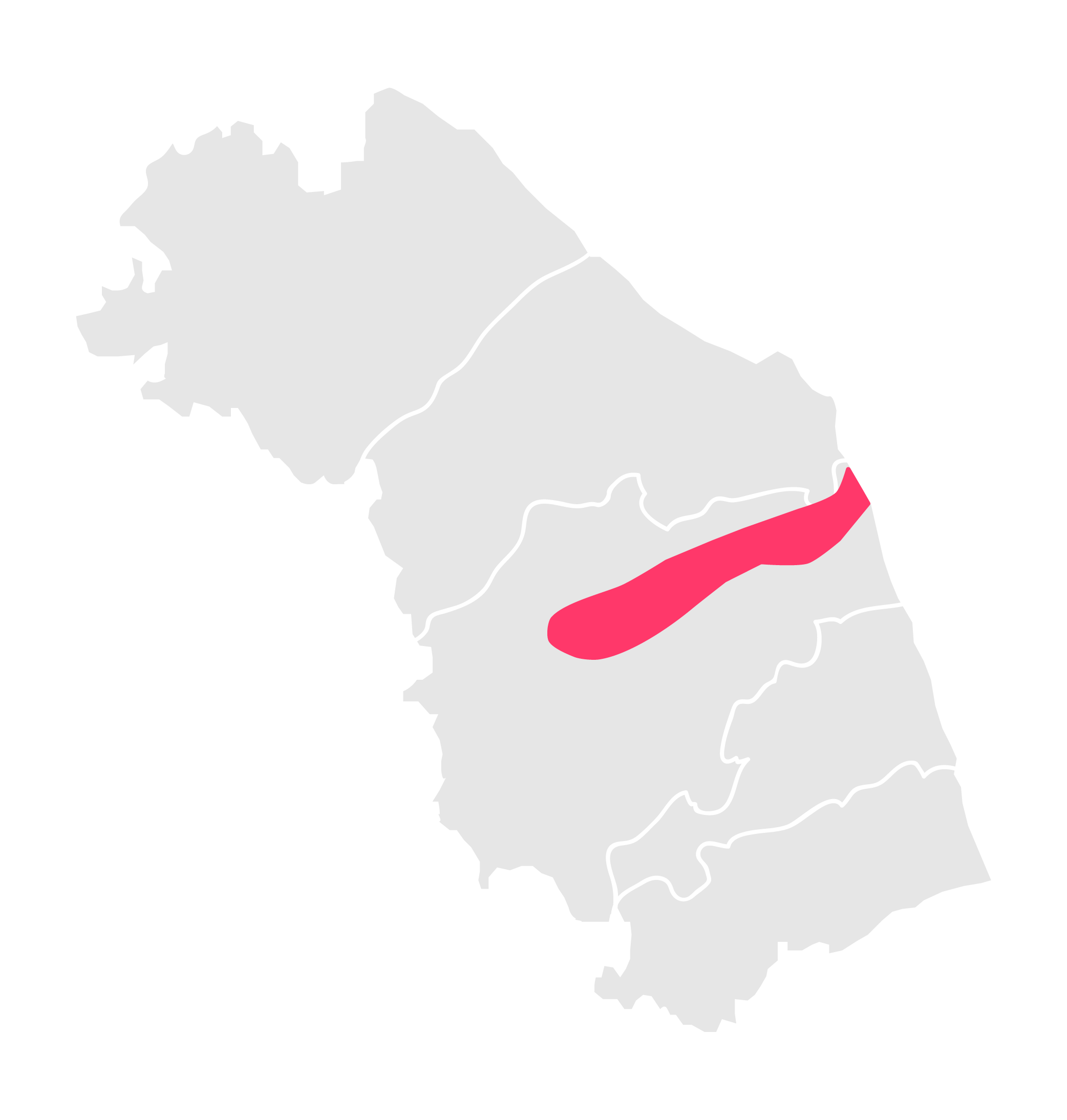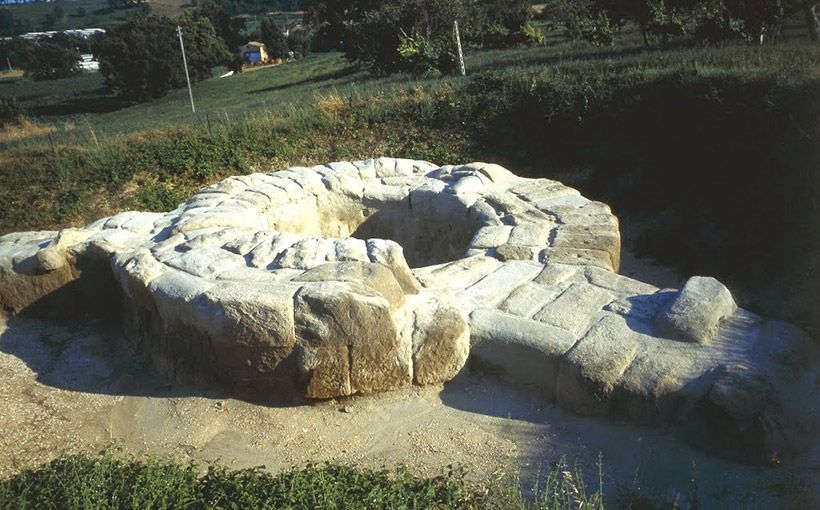
The Roman city of Septempeda, whose remains are visible in the Archaeological Park two kilometers east of the center of San Severino along the Septempedan road, originated in a previously inhabited area. As evidenced by the most ancient finds recovered in the territory, currently exhibited at the “Giuseppe Moretti” Archaeological Museum of San Severino, the first human traces in the San Severino area date from the Paleolithic to the Bronze Age. Among the most important pre-Roman finds are the indigenous habitat on Pitino hill and the Picene necropolises of Ponte di Pitino, Monte Penna and Frustellano, datable between the 7th and 5th centuries BC, whose grave goods show the attainment of considerable wealth and an active role in trade. The occupation of the area where the Roman city was later to rise is dated to the 3rd century BC. Septempeda was born on a fertile alluvial plain on the north bank of the Potenza River, on the branch that led off from the Flaminia toward Nocera Umbra and reached Ancona. The city, whose layout is divided into two by the Via Flaminia Camellaria, which constitutes the Decumanus Maximus, became a municipium and is cited among the centers of Regio V Picenum. At the archaeological park there are currently visible some portions of the city wall in opus quadratum which encircled the urban area, as well as the south door of the city. In addition to the city wall, in the area north of the Decumanus, there are the remains of a Roman bath overlooking a paved square in opus spicatum, probably near the forum. There are various environments remaining of the bath, among which the most visible is the calidarium. In addition to these structures, near the church of S. Maria della Pieve there have been identified over the years the remains of some domus and furnaces, unfortunately no longer visible today, that make it possible to hypothesize the presence of a residential quarter and a handicraft district in this area. Along the Camellaria, to the east and west of the center, urban necropolises have been identified. As with other Marche region centers, Septempeda was abandoned following the Gothic incursions in the 6th century AD, and the population retreated to higher ground, on the more easily defendable Monte Nero.
We have found no place to eat in the vicinity
We have found no place to sleep in the vicinity
Nelle zone di confine dell’entroterra marchigiano i principi umbri di Camerino vivevano a contatto con numerosi villaggi, anch’essi retti da principi guerrieri piceni. I pregevoli corredi delle necropoli, risalenti alla fine dell’VIII - inizi VI sec. a.C., documentano i fitti scambi con l’oriente greco e con l’Etruria e attestano il ruolo cruciale di queste popolazioni nei traffici mercantili tra Adriatico e Appennino, che essi controllavano e da cui traevano le loro ricchezze.

|
Address | SP 361 San Severino Marche |

|
Phone Number | (+39) 07122831 |

|
Opening Time | Solo su prenotazione |

|
Visit Time | 45 min |

|
Entrance Fee | Gratuito |

|
Reservation Required | si |

|
Viabilities | Camellaria |

|
Bookshop | no |

|
Free Guided Tour | no |

|
Guided Tour | no |

|
Parking | si |

|
Disabled Accessibility | no |

|
Audioguide | no |

|
Didactic Rooms | no |

|
Conference room | no |

|
English language | no |

|
Public Transport | no |

|
Family Services | no |
